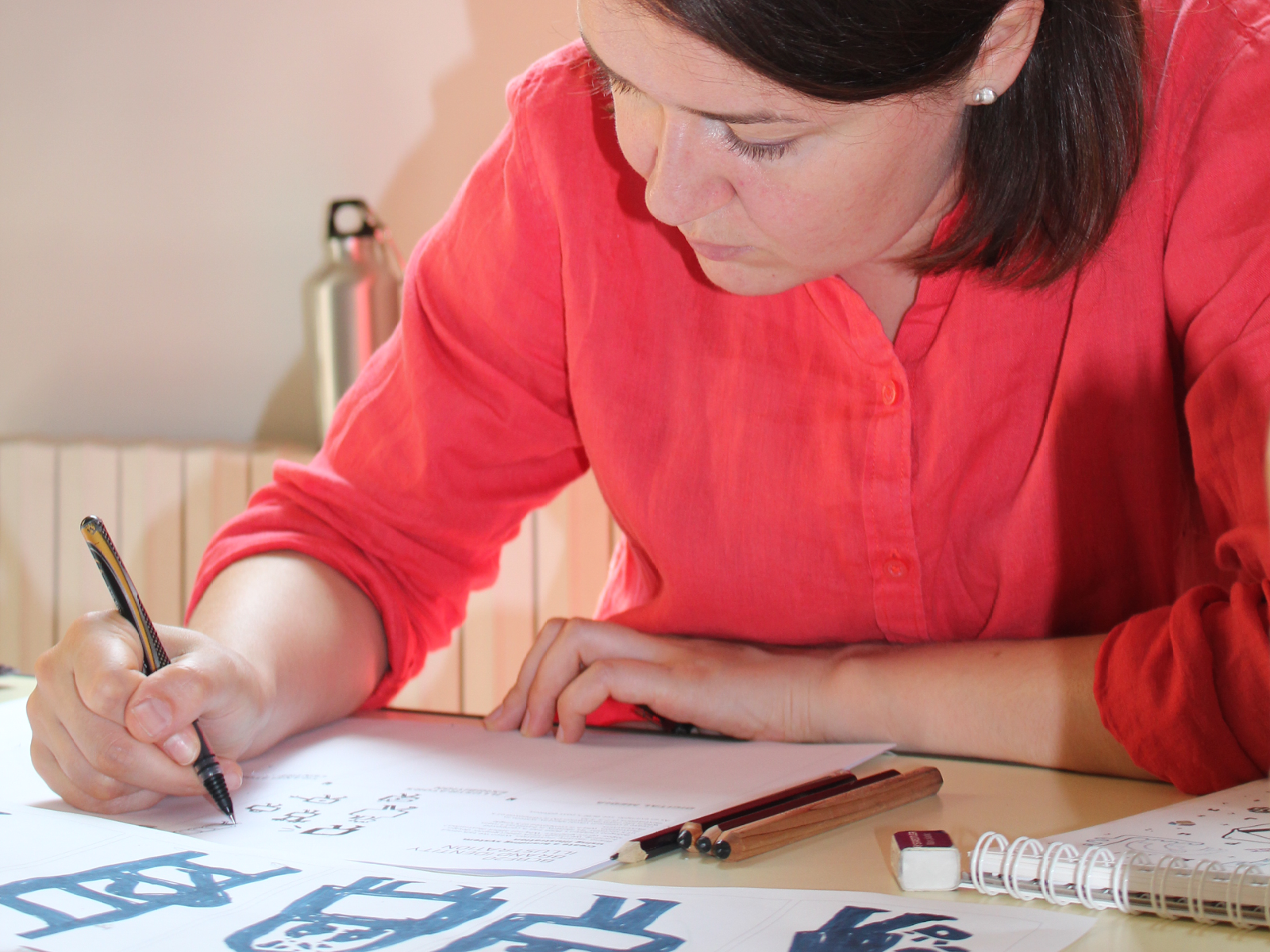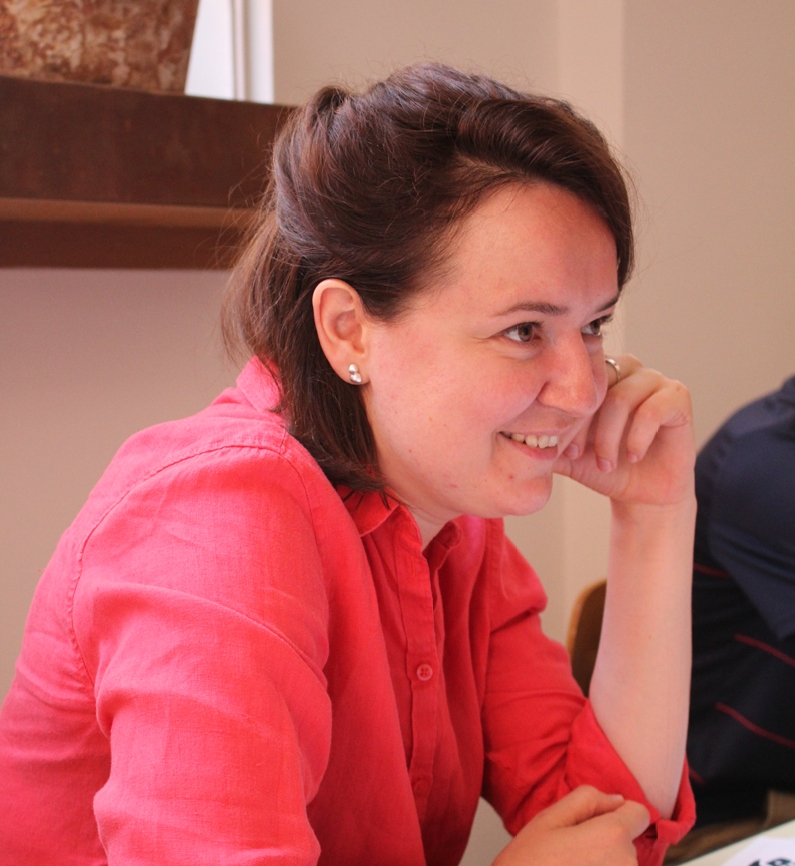
Get the latest updates in your inbox and sign up for more info!
The artist of BCBF 2020’s Visual Identity is Lithuanian Rasa Jančiauskaitė. Born in 1991, Rasa graduated from the Vilnius Academy of Arts in Graphic Design and Visual Communication Design. She also attended the ISIA Urbino and Paris École Estienne Erasmus programme.
Among the artists selected for the 2019 Illustrators Exhibition, Rasa and other two illustrators were asked by graphic design studio Chialab and the BCBF team to send their Visual Identity proposals for the next book fair. The “winner” of this mini-contest was Rasa, who had already fascinated the Illustrators Exhibition jury with her illustrations for the book “Small Poems for Little Ones” published in 2018 by Tikra Knyga.
A freelance graphic designer, illustrator and teacher, Rasa also works on personal illustration projects and illustrates books for children.
Last summer, Rasa spent several days at the Chialab studio in Bologna to develop the visual framework that would represent the world of the 2020 Children’s Book Fair.
We asked Rasa to describe her approach to this particular brief:

It was very challenging, but at the same time I immediately realised I would be working with a strong team of professionals, so I felt in a safe place. I used a black brush marker with water-based ink. I prefer techniques that allow me to create abstract, concentrated shapes in a drawing. Usually during a new project, I look for a new tool that will best serve the idea.
How did you learn about the Bologna Children's Book Fair and when did you decide to submit your works to the 2019 Illustrators Exhibition?
I first learned about the competition while studying for a Master's degree at the Vilnius Academy of Arts. When my first illustrated book was published, I decided to submit my work. That was in 2018.
We're very curious: would you describe the two main concepts of the visual: the egg-concept and the idea of the tribe?
The egg symbolises life, fragility, the beginning of something new, something developing.
We all know that children’s book professionals meet at the fair. New acquaintances are formed; ideas are shared. The egg shapes that are part of my drawings symbolise the need, the desire to be filled with art, literature, good conversation, inspiring exhibitions etc. On the other hand, the egg shapes appearing outside my drawings are messages of love, connection, friendship and understanding; messages filling places where there’s a lack of love.
We all have such needs and we all meet at the BCBF to find inspiration and share our inner wealth (the egg metaphor) with others.
The idea of a tribe symbolises the group of people you belong to: people sharing a sense of community. This was my personal feeling when I first visited BCBF. I felt like I belonged to this tribe of creators and I felt stronger. I was inspired to create and share my work with others. With my bold primordial drawings of the visual identity, I wanted to express this strong impact.
How would you describe your work process and method? I mainly focus on sketching. It is the longest and most important part of my work. When I know the idea of a project, I allow myself to draw, sketch and experiment a lot. After that, I observe the themes, the recurrent elements in my drawings and how they can be linked together to create a story. At the beginning, I don’t care about format and colour. I let myself think while drawing. That means I don’t have a specific plan. I let the drawing lead me to the right path. This method allows me to find the freshest, funniest and most unexpected ideas. It’s very important for me that illustrations are fun and entertaining but at the same time meaningful. They should also be informative, not merely decorative. That‘s why sketching is so important. When we sketch we are brave. It’s like rehearsing for the final performance. It gives you courage and releases energy - that’s the beauty of it. A sketch is a real work of art for me.
Do you have any favourite artists who inspire you?
I really love David Hockney and Keith Haring. I also relate instinctively to David Lynch. I really admire the works of Henryk Tomaszewski and Beatrice Alemagna. There are many authors who inspire me, but the list would just be too long.
Have you any other suggestions you want to give to emerging illustrators and graphic designers?
The main advice would be to focus as much as possible on self-knowledge. In my opinion, a person who knows himself well can choose the right tools and style to reveal his inner potential. So the main advice would be to discover your own way, to sketch a lot and not look too much at others.
And... don't throw away any strange idea... They are the best!
I also really recommend participating in competitions, because by observing them, you can get acquainted with the very original works of other creators, and understand what is relevant in the field of creation these days. And most importantly, you can hear professional opinions about your work, which can be very different from what teachers in academic institutions say. So it’s really important to check the relevance of your work on a larger scale.